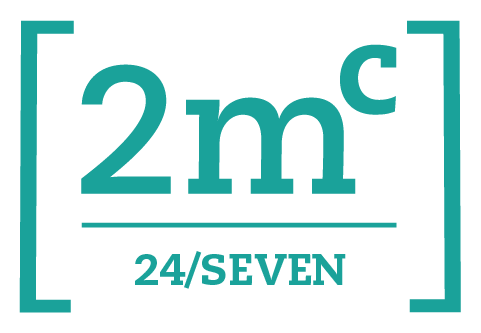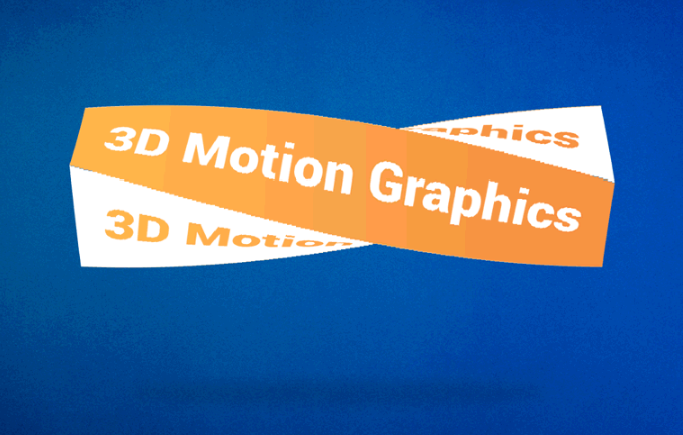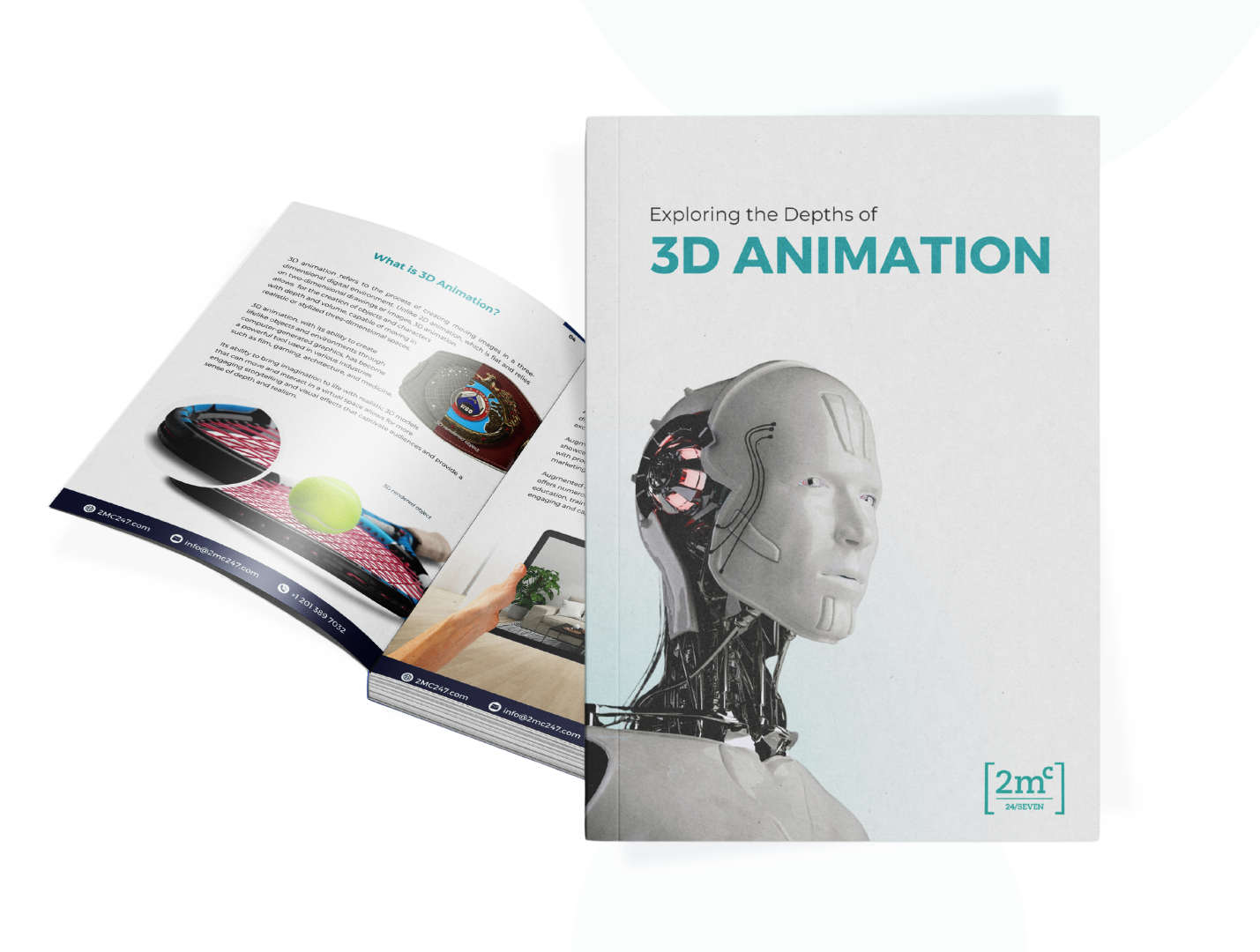According to recent studies, the demand for 3D motion graphics has been steadily increasing in various industries. In fact, it is estimated that by 2030, the global market for motion graphics will reach a staggering $177.50 Billion.
This statistic not only highlights the immense growth potential of this field but also evokes a sense of excitement and curiosity about the possibilities and applications of 3D motion graphics.
So, what exactly are 3D motion graphics? And what are their applications? We’ll be exploring all of that in today’s blog.
Are you ready? Let’s get started!
What are 3D Motion Graphics?
3D Motion Graphics refers to the technique of animating and manipulating digital objects in a three-dimensional space to create visually stunning and realistic animations.
It is a vital aspect of motion design, which encompasses various forms of visual communication through moving images.
In 3D motion graphics, artists and designers use specialized software to create and animate three-dimensional objects. This can include anything from simple shapes to complex characters and environments. The use of 3D space adds an extra dimension to the visuals, providing a sense of depth, perspective, and realism.
By combining artistic vision with technical expertise, motion graphics designers can breathe life into static visuals and transform them into dynamic and captivating experiences.
Difference Between 2D and 3D Motion Graphics
One key distinction between 2D and 3D motion graphics lies in the dimensionality of their visual compositions.

While 2D motion graphics are created in a two-dimensional space, using flat shapes and images to convey movement, 3D motion graphics add an extra layer of depth by incorporating three-dimensional objects that can be rotated and moved within a virtual space.
This additional dimensionality allows for more realistic and immersive visuals, as well as the ability to create complex animations with depth and perspective.
The difference between 2D and 3D motion graphics goes beyond just their visual appearance.
The applications of these two techniques also vary greatly.
While 2D motion graphics are commonly used in advertising, explainer videos, and user interface design, 3D motion graphics often find their place in industries such as film production, video game development, architectural visualization, and product design.
The ability to create lifelike simulations of real-world objects or environments makes 3D motion graphics particularly useful in these fields.
Applications of 3D Motion Graphics
Marketing and Advertising

As we’ve established, most brands often integrate 2D motion graphics in their marketing campaigns. However, these days more and more businesses are taking advantage of 3D Motion Graphics
By incorporating 3D motion graphics into their campaigns, marketers can create visually enticing content that captures the attention of their target audience. These dynamic visuals add an extra layer of depth and realism to advertisements, making them more memorable and impactful.
Motion graphics designers play a crucial role in bringing these marketing ideas to life. They use advanced software tools to manipulate shapes, colors, textures, and lighting effects to create realistic 3D environments. This allows them to design eye-catching visuals that convey complex messages in a concise and engaging way.
As technology continues to advance, we can expect even more innovative applications of 3D motion graphics in marketing and advertising campaigns.
Product Animations
Product animations bring inanimate objects to life, showcasing their features and functionality through captivating visual narratives. When done in 3D, product animations provide a creative and immersive way to present products to potential customers.
A skilled graphics designer can transform static images or CAD models into dynamic visuals that highlight the key aspects of a product. Through careful attention to detail and technical expertise in motion graphics design, these animations can effectively communicate complex ideas or functionalities.
Website Design
The goal of web design is to capture the attention of the users and guide them through the content in an intuitive manner. It encompasses various aspects, including layout, color scheme, typography, imagery, navigation, and interactivity.

A well-designed website not only enhances the aesthetics but also improves functionality and usability. It should seamlessly integrate with the brand identity while considering factors such as target audience demographics and industry trends.
The impact of 3D motion graphics on web visitors is significant as it helps reduce bounce rates, capture attention, and improve user engagement. When well-executed, they make information more accessible and contribute to a memorable and enjoyable user experience.
Architectural Visualization
Architectural visualization is a technique used to digitally represent architectural designs and concepts, allowing stakeholders to envision the final product in a realistic and immersive manner.
Through the use of 3D motion graphics, architects can create virtual environments that simulate real-life experiences within proposed buildings or spaces. This enables clients, investors, and other decision-makers to gain an accurate understanding of how the design will look and function before any physical construction takes place.
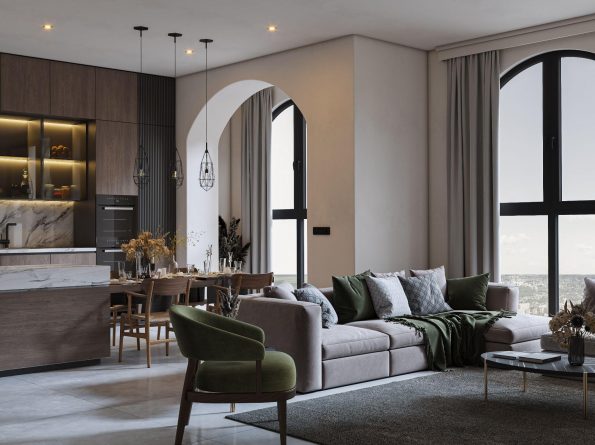
In architectural visualization, highly detailed 3D models are created using specialized software. These models accurately represent the dimensions, materials, textures, lighting conditions, and even furniture placements of the proposed design.
By incorporating motion graphics into these visualizations, architects can showcase different aspects of the project such as how natural light enters through windows at different times of day or how people would move through the space.
This level of detail not only enhances realism but also helps stakeholders connect with the project on a deeper level.
Film & Television
Here are three ways in which this technology is being used in film and television:
Through the use of 3D motion graphics in film and television, storytellers continue pushing boundaries by bringing innovative ideas to life on screen.
Video Games
In video games, 3D motion graphics are used for various purposes.
One key application is in conveying information through visual cues within video games. For instance, HUD (Heads-Up Display) elements such as health bars or mini-maps utilize motion graphics techniques to provide relevant information to players without disrupting gameplay.
Furthermore, cutscenes and cinematic sequences employ advanced motion graphics techniques like camera movements and special effects to tell compelling narratives within the game’s storyline.
Conclusion
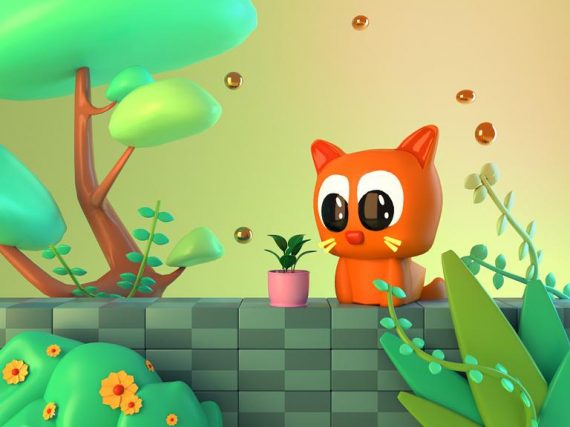
3D motion graphics goes beyond traditional motion design by adding depth and sophistication. This enhancement allows for the creation of realistic animations and immersive experiences, making it a crucial element across different industries.
The versatility of 3D motion graphics has played a vital role in shaping engaging visual stories, highlighting its essential contribution to creative expression in various professional fields. Try it out for yourself, book a call with us today.
